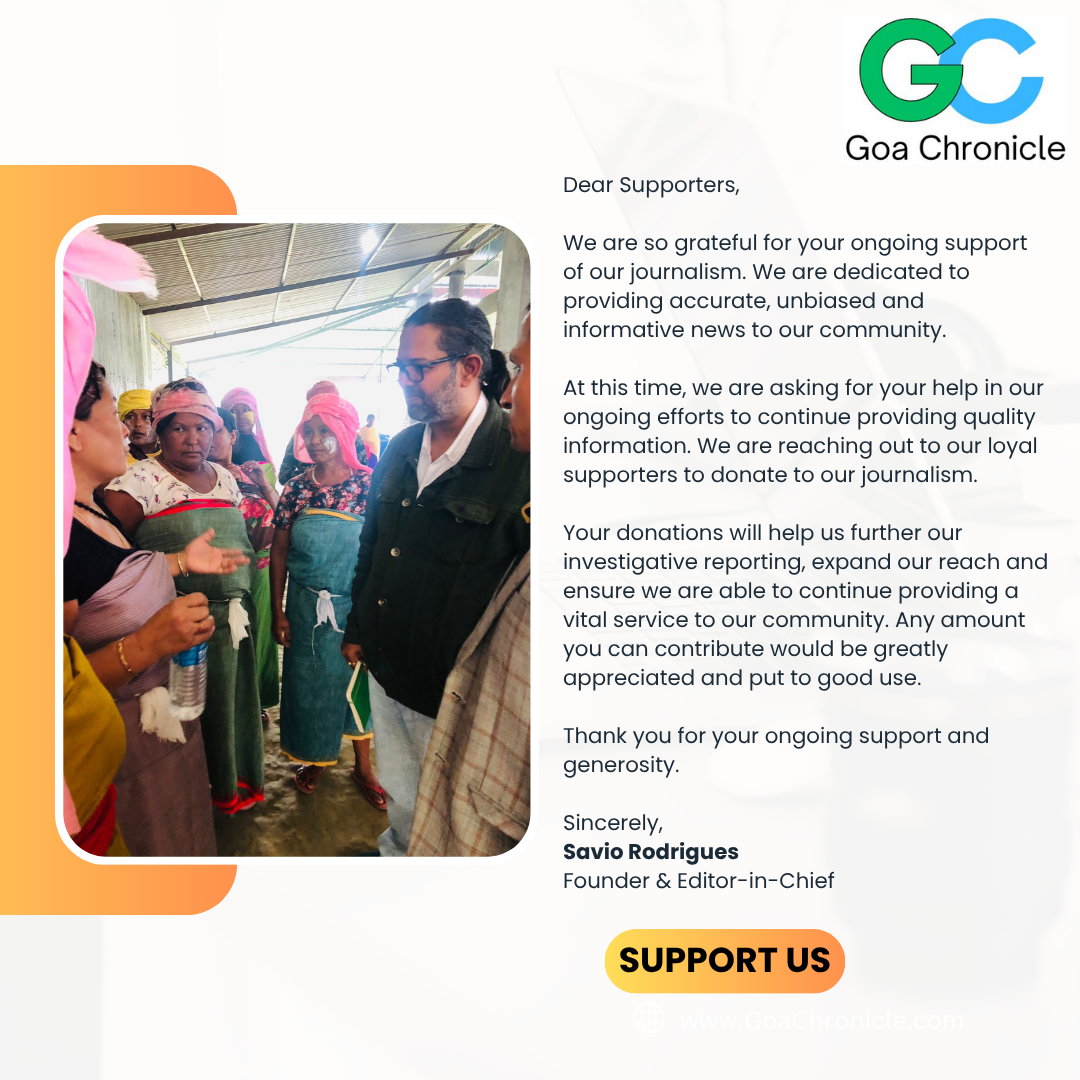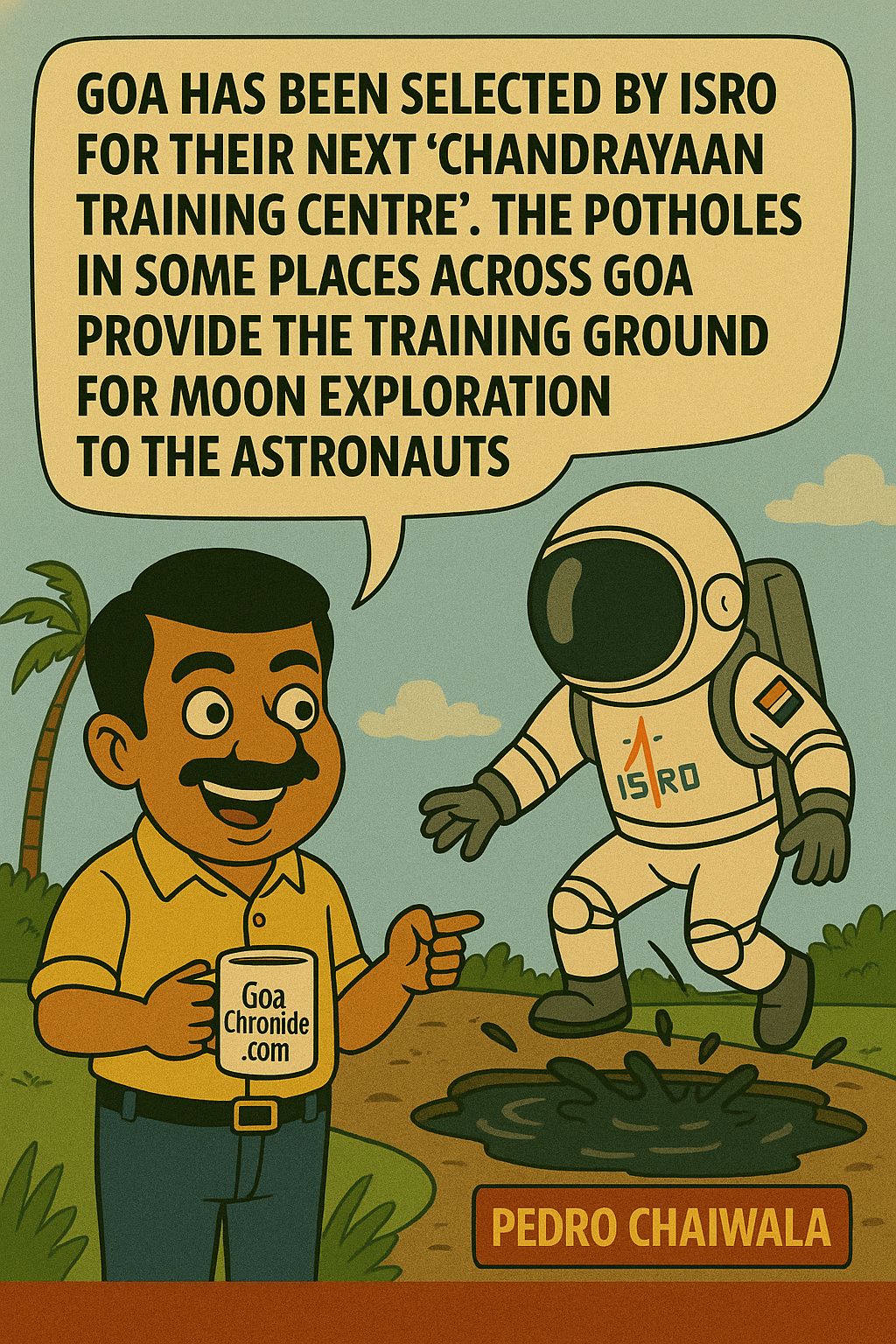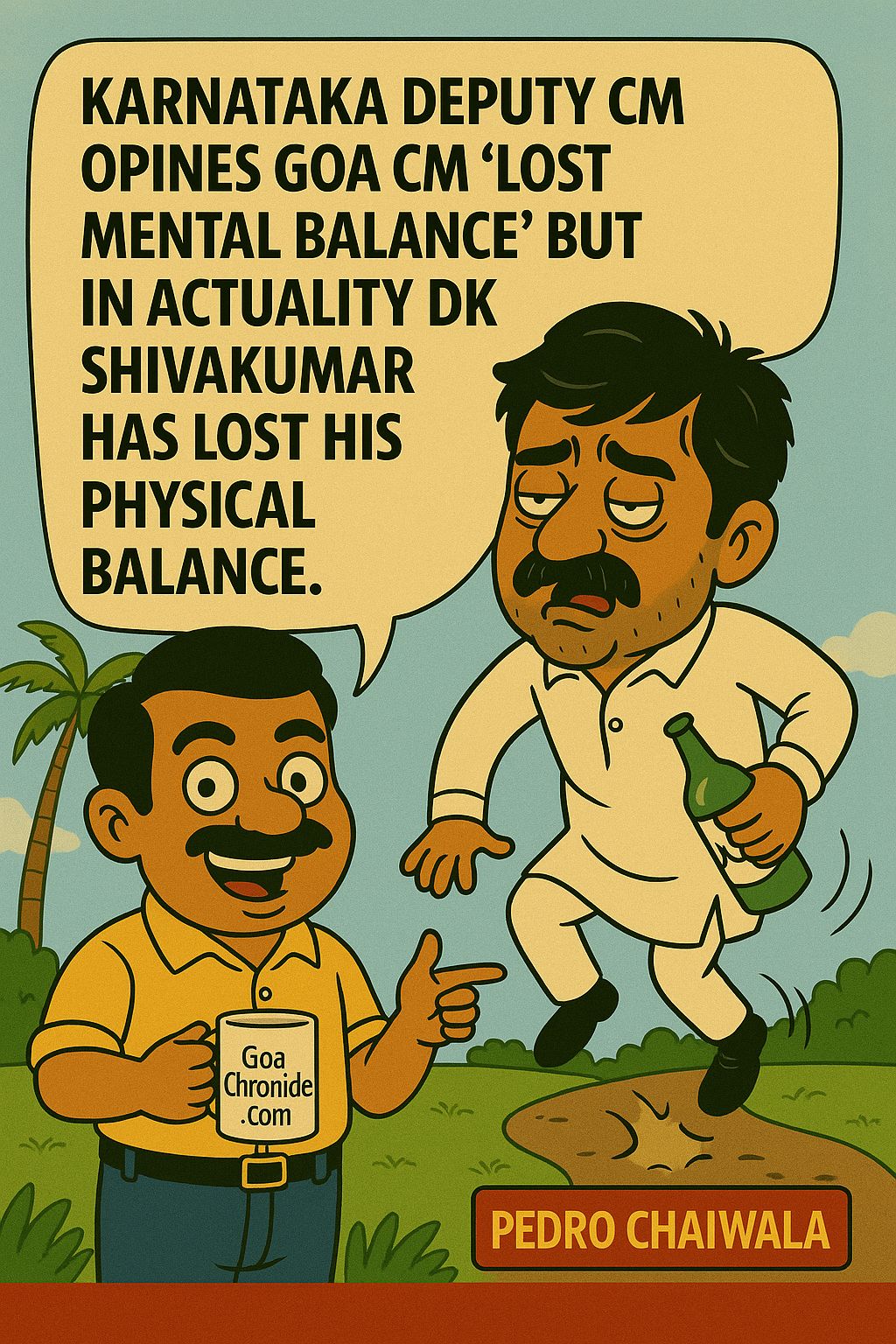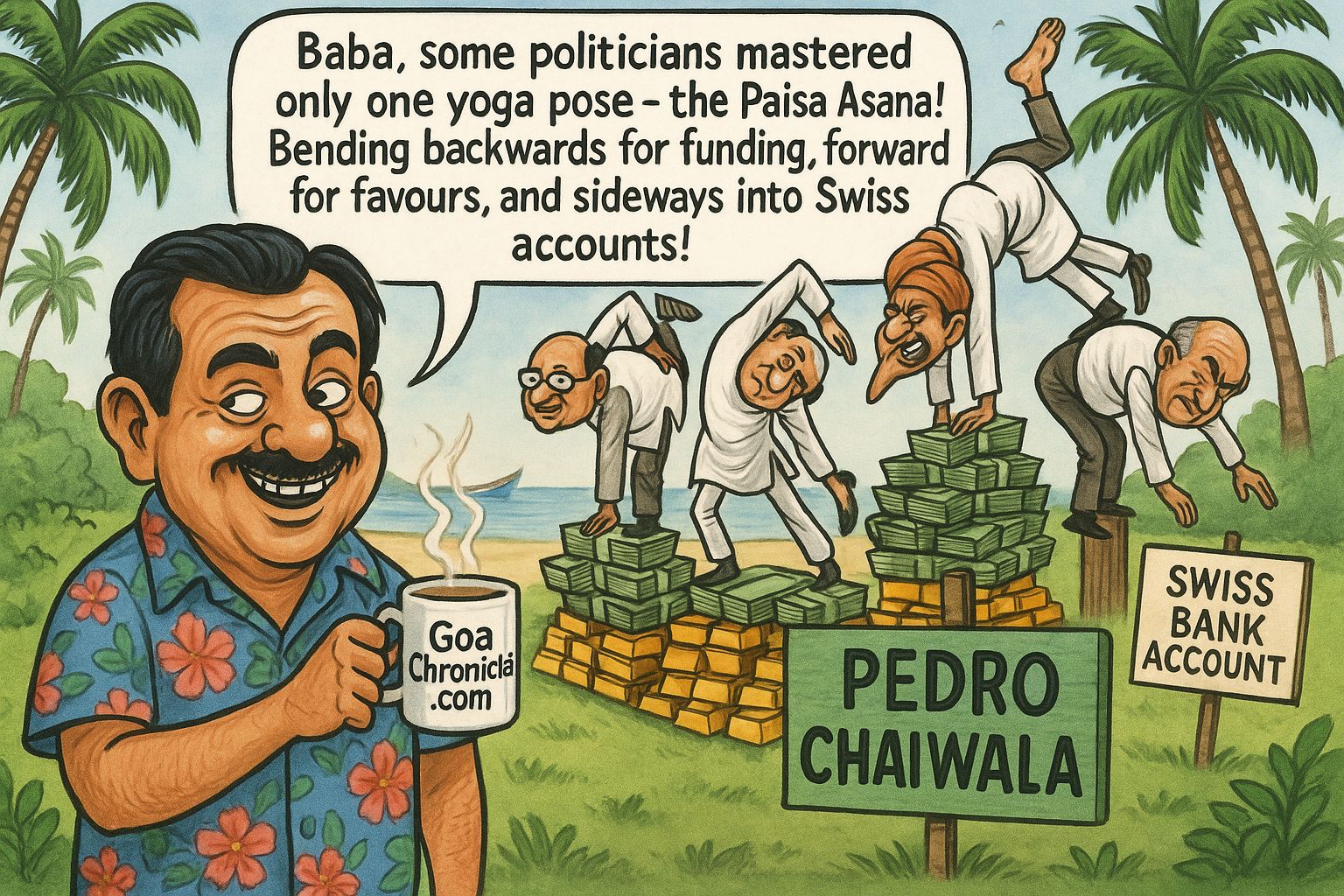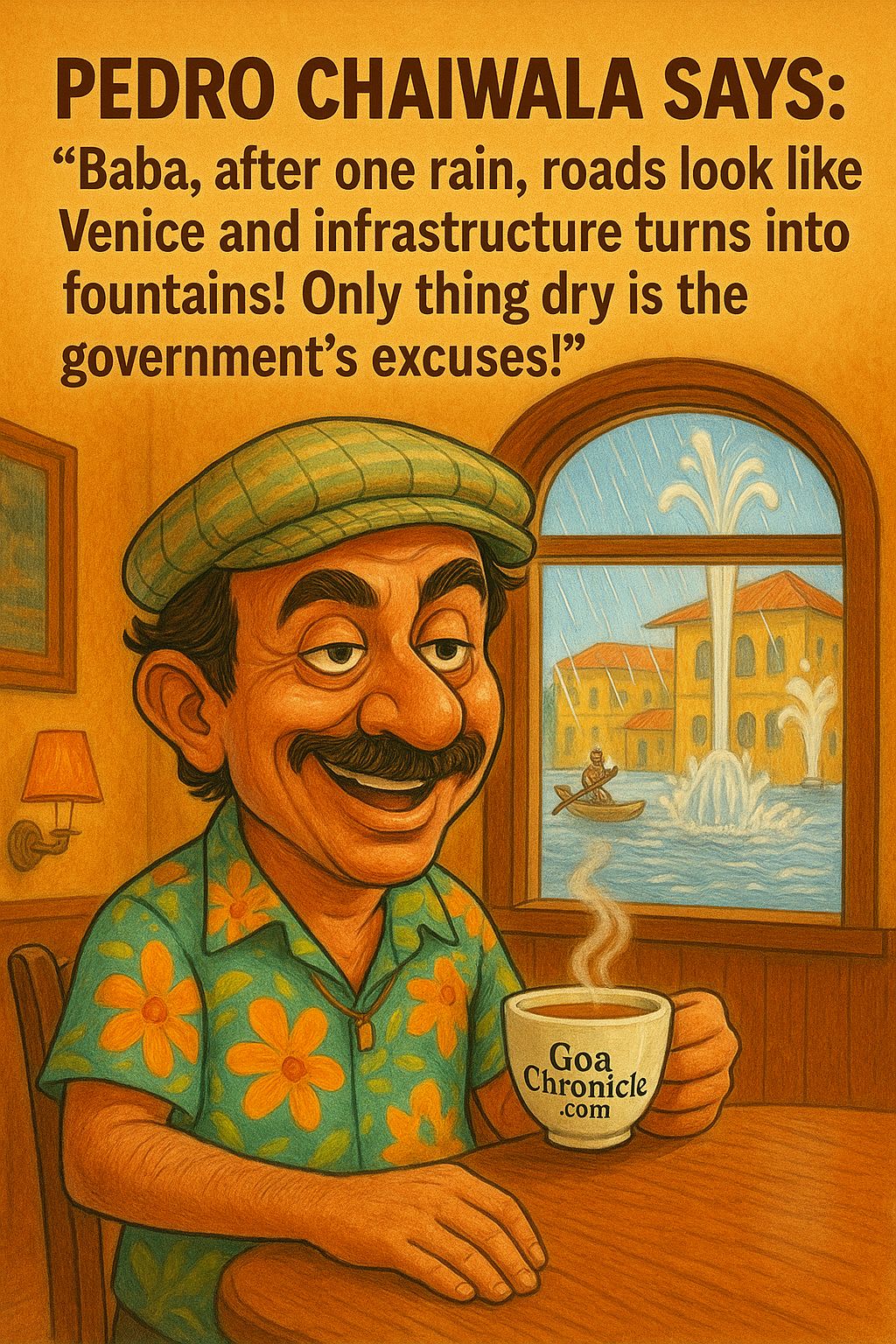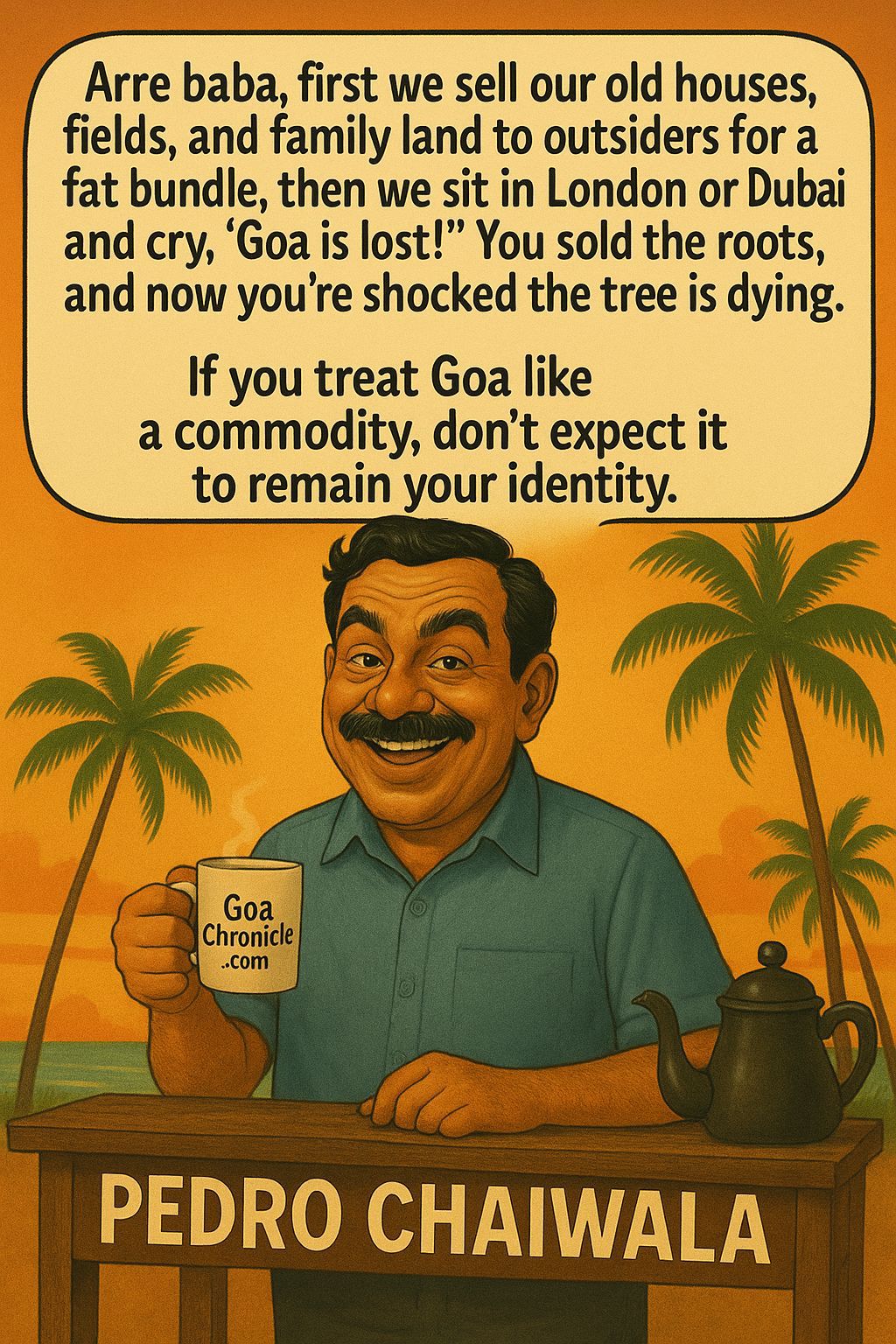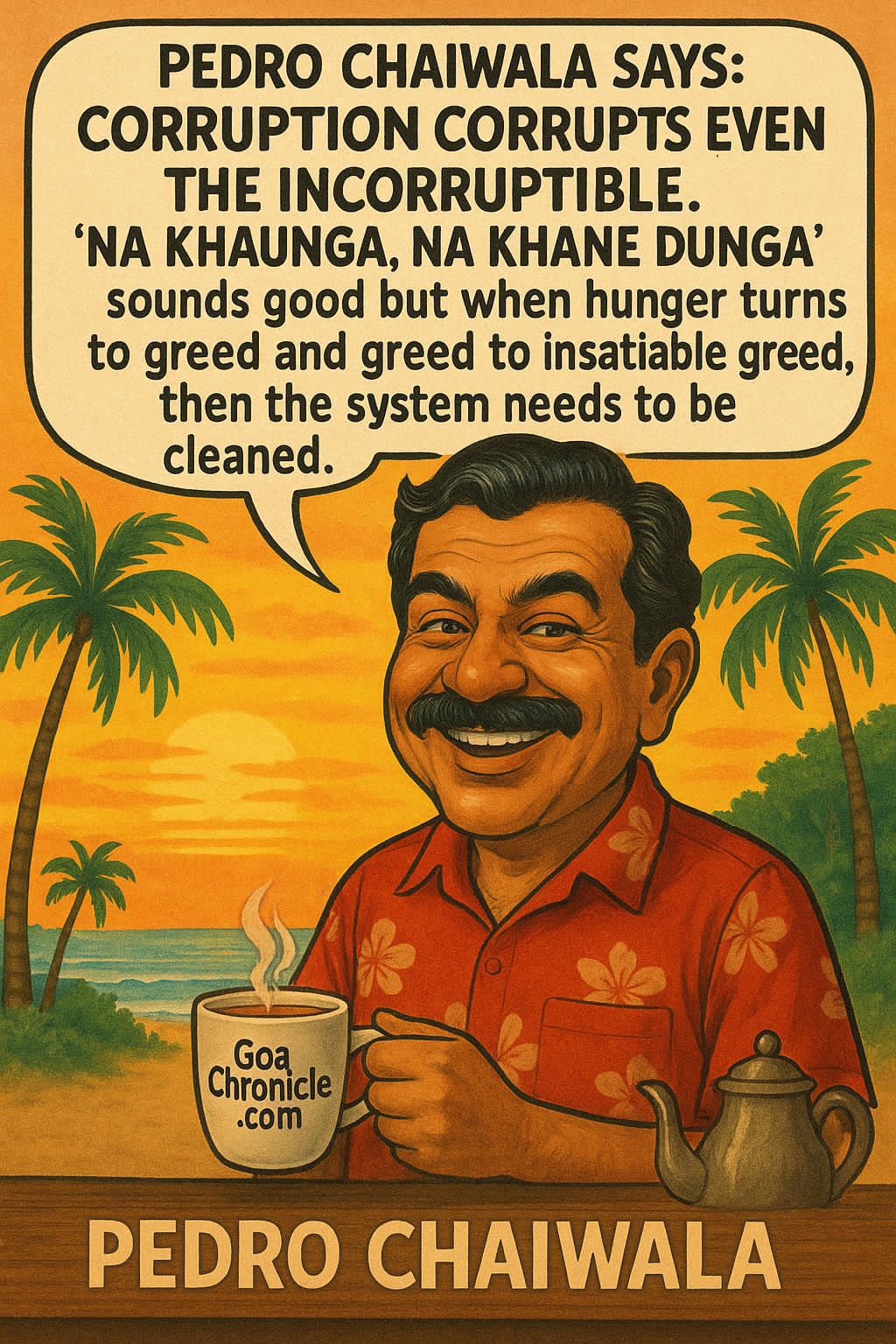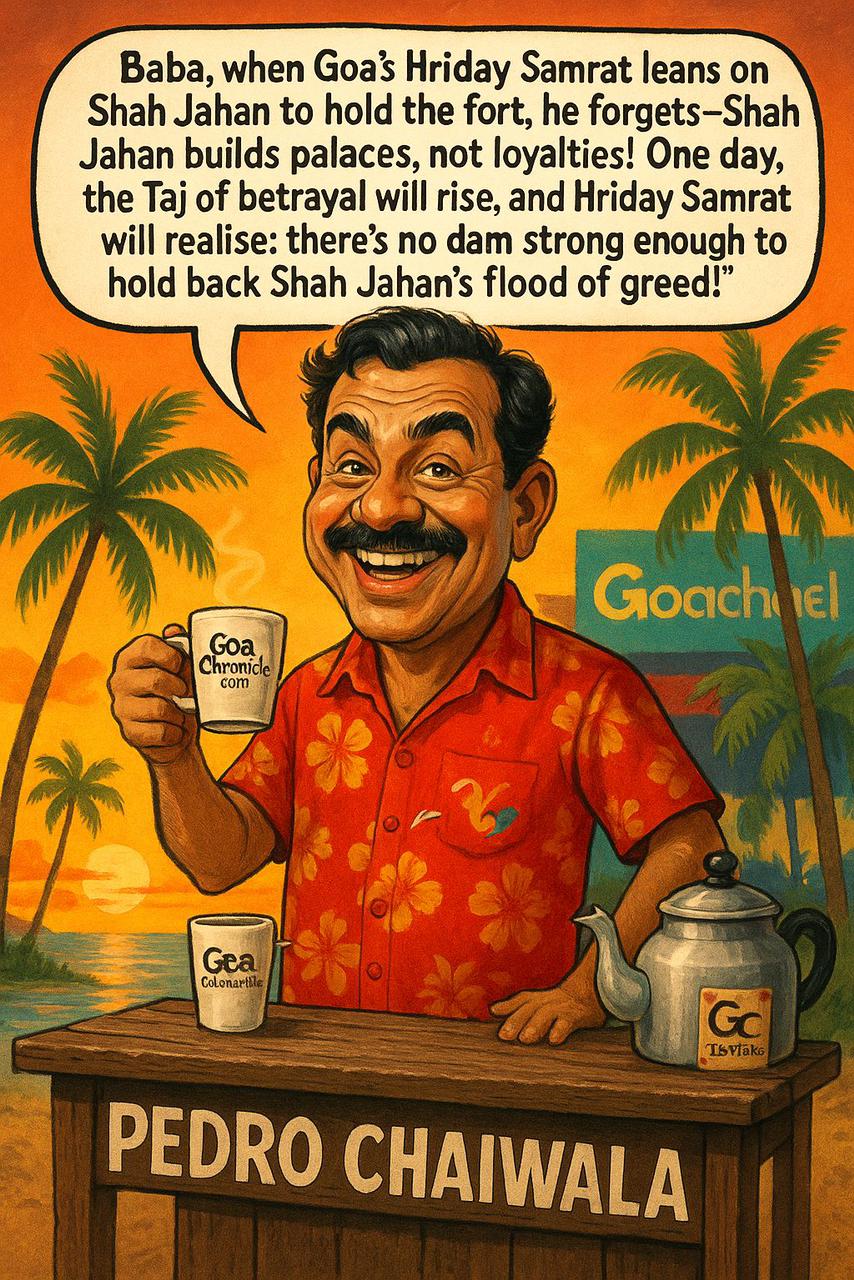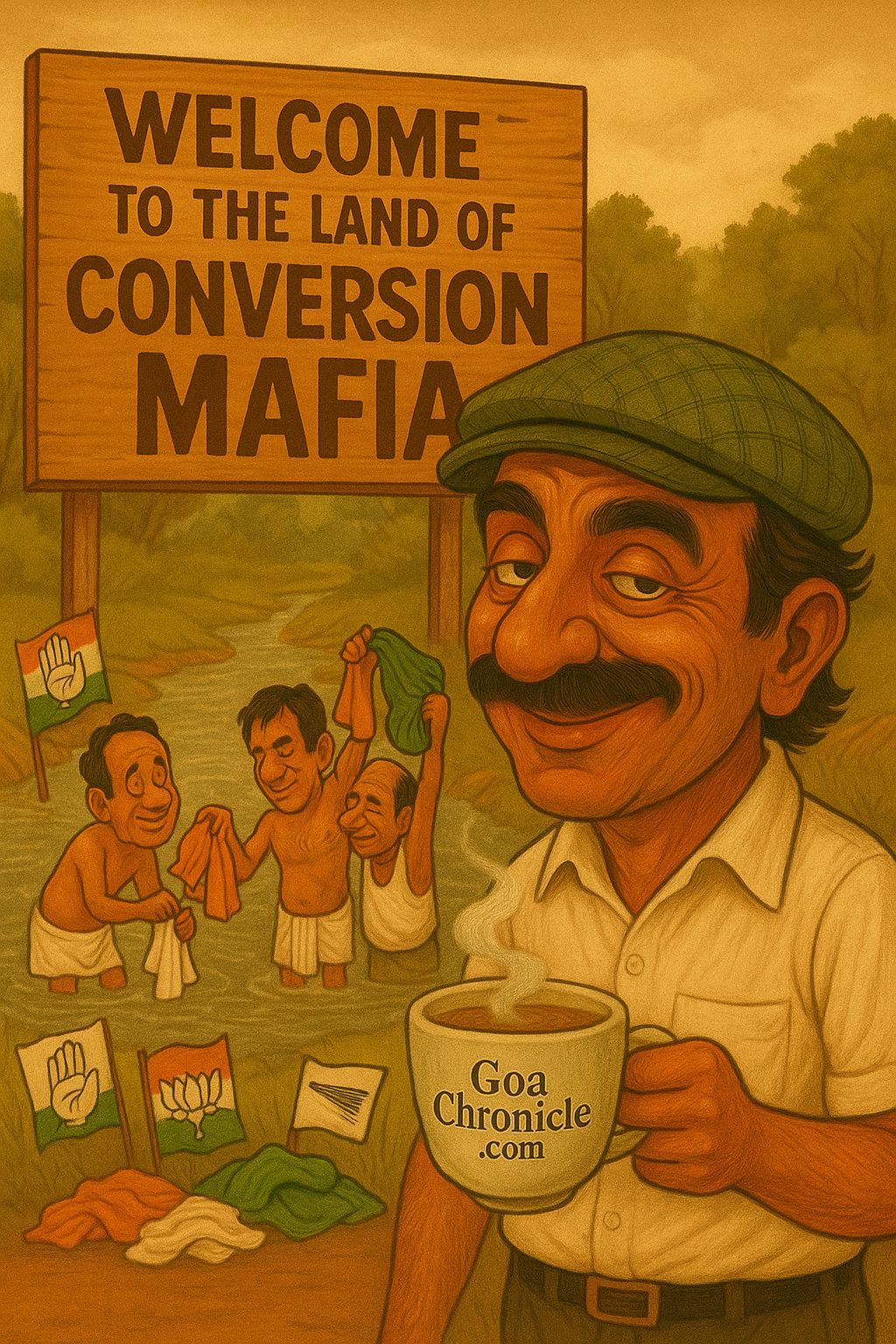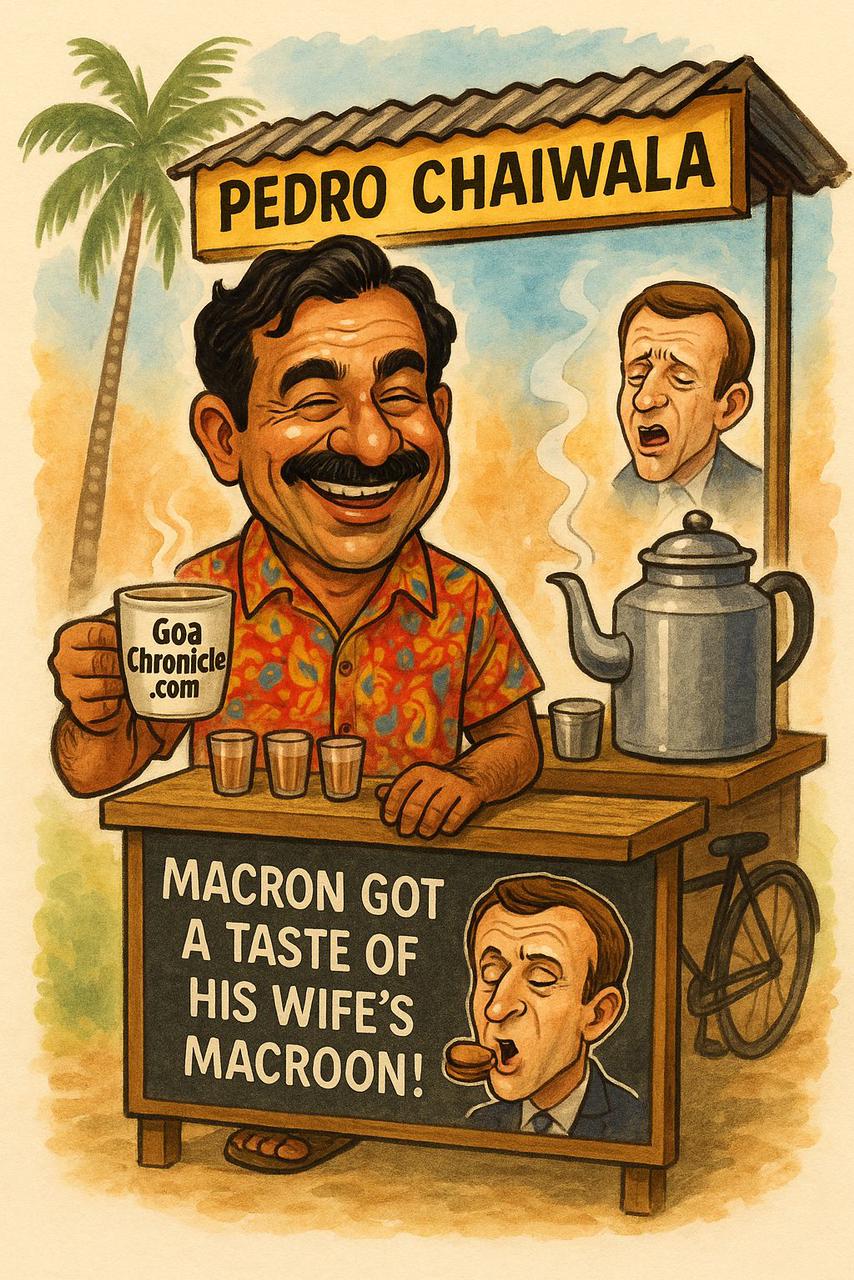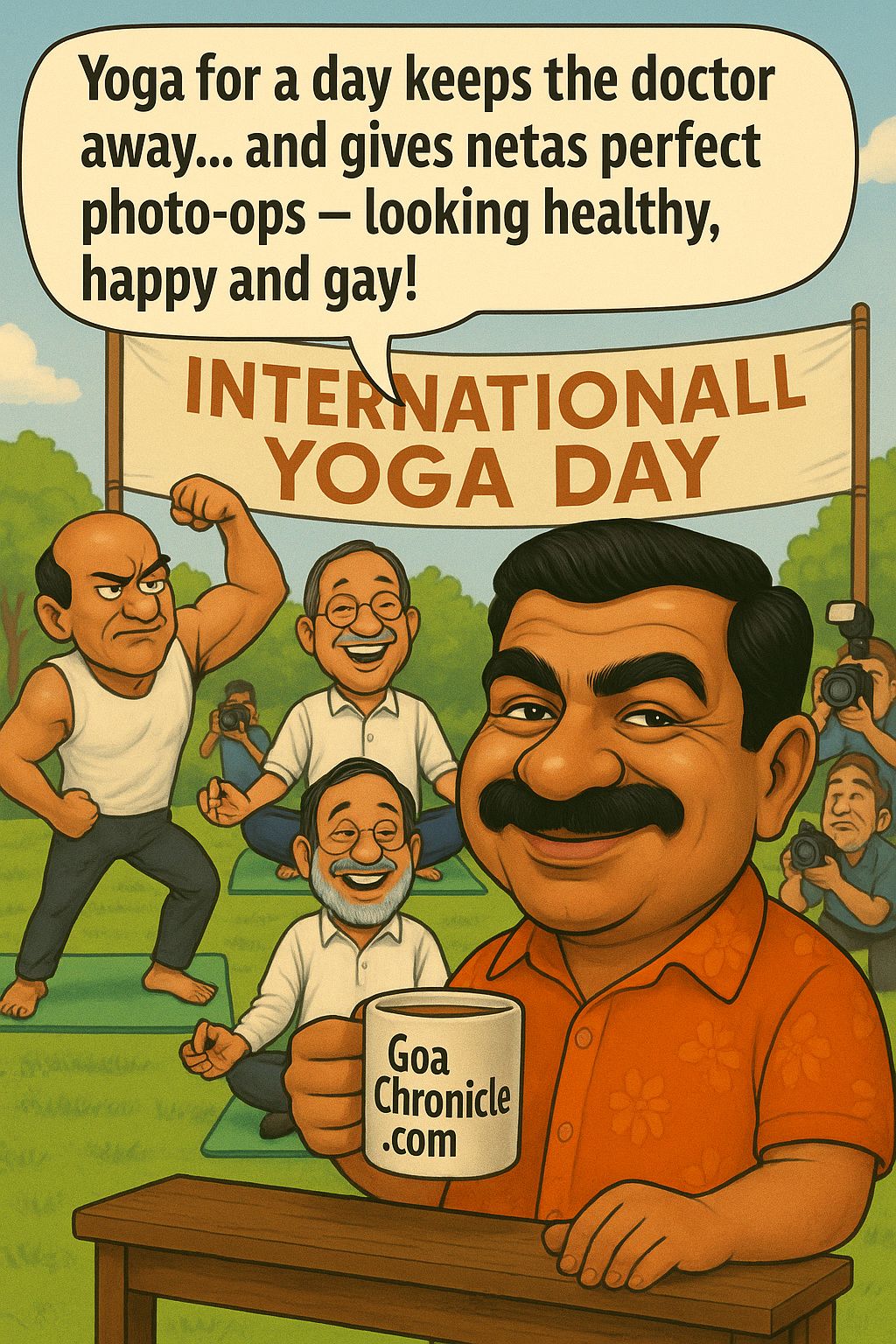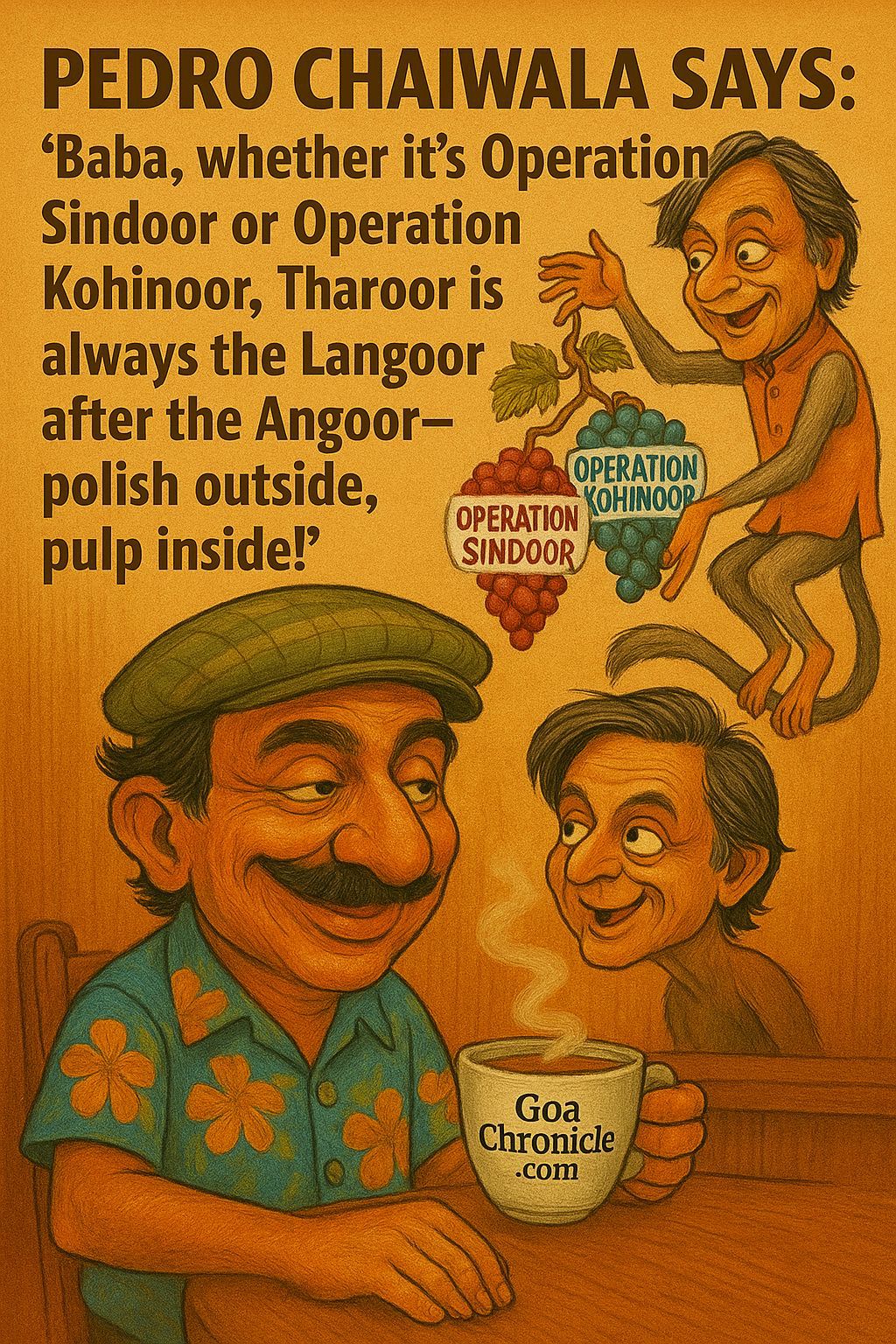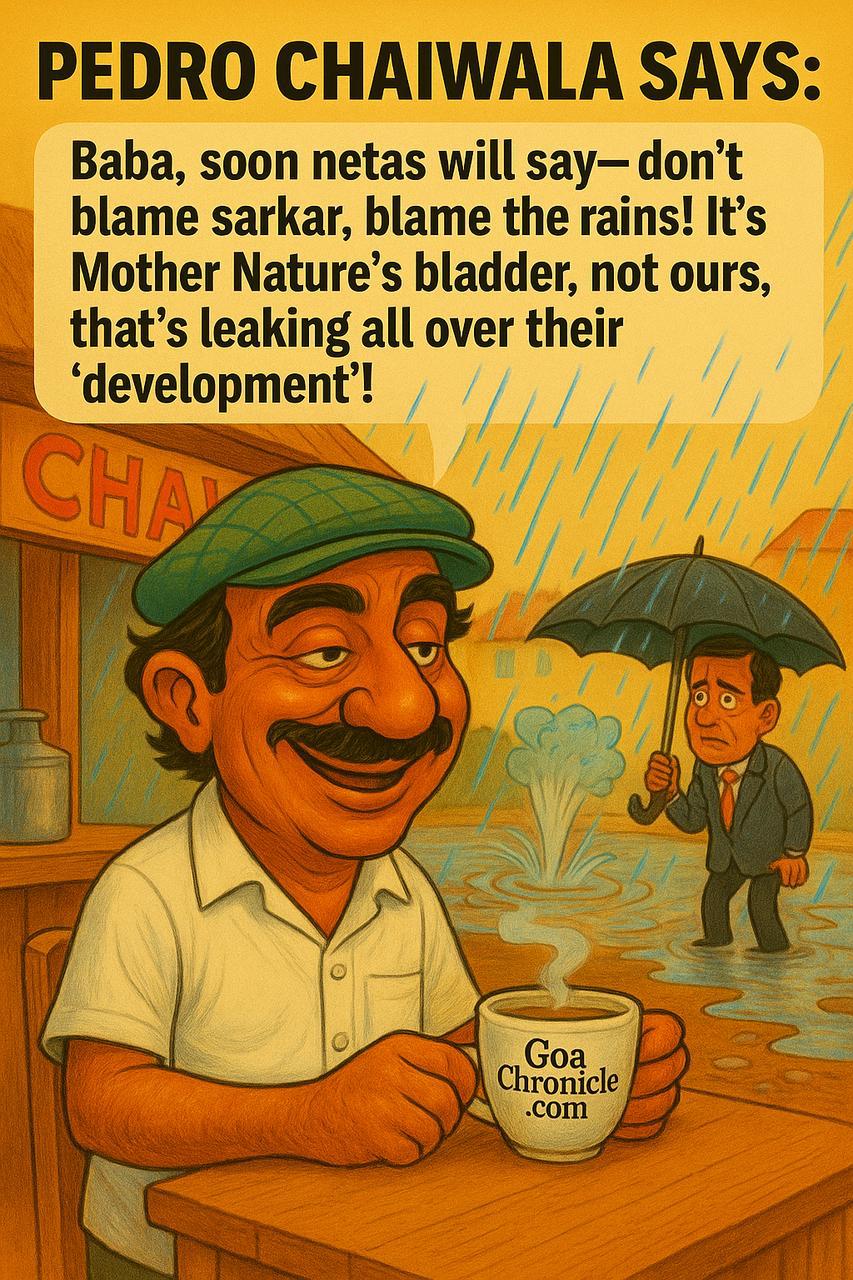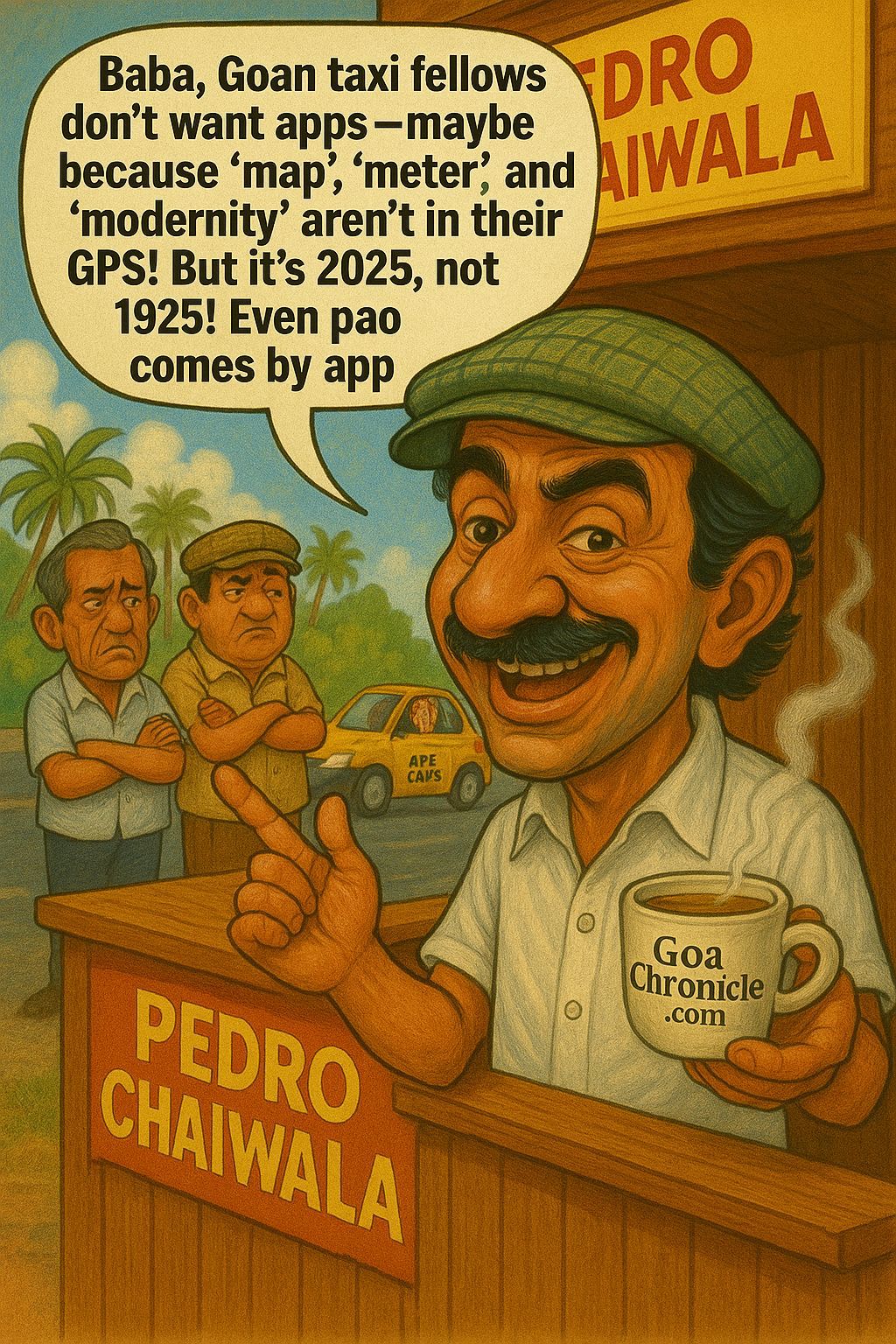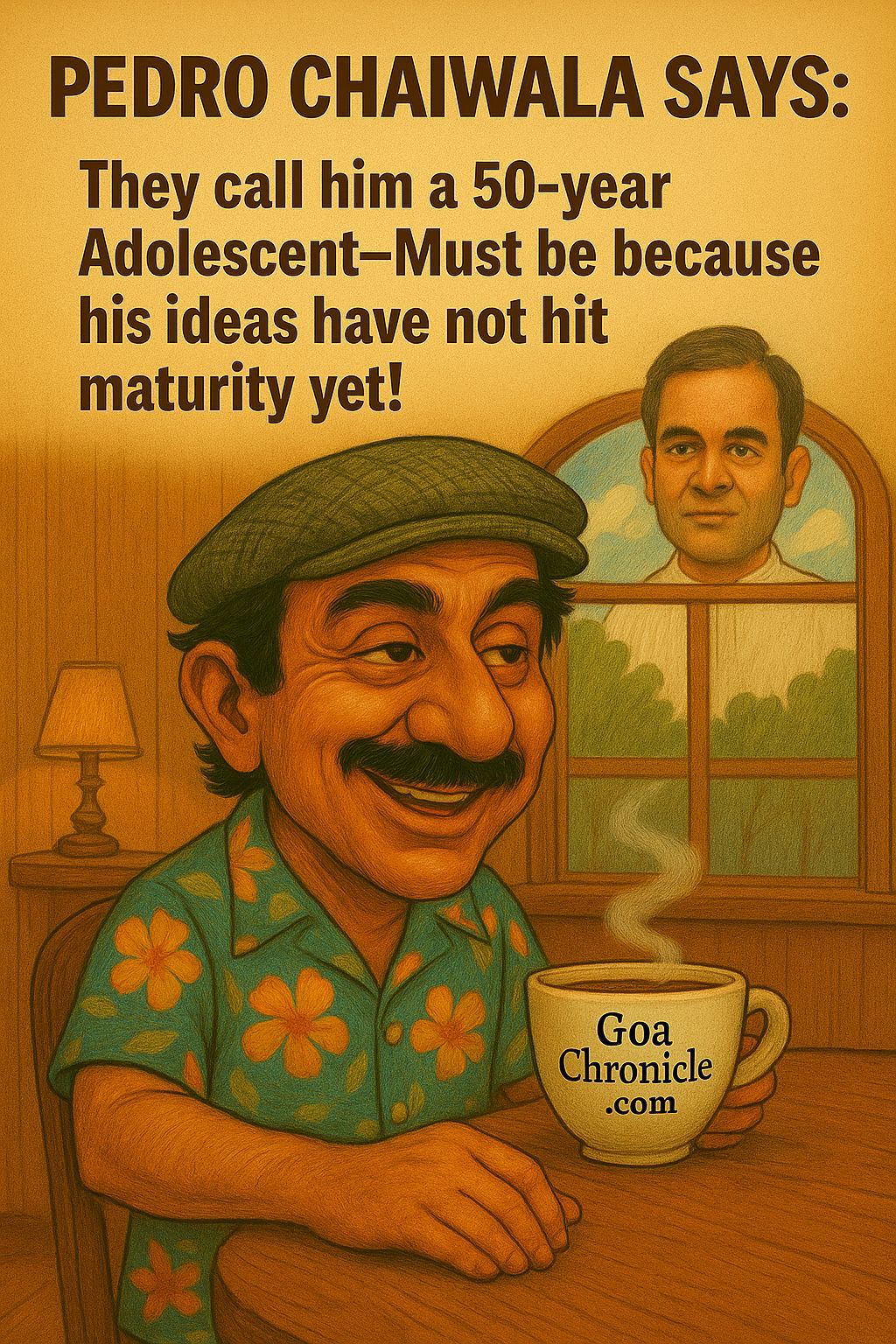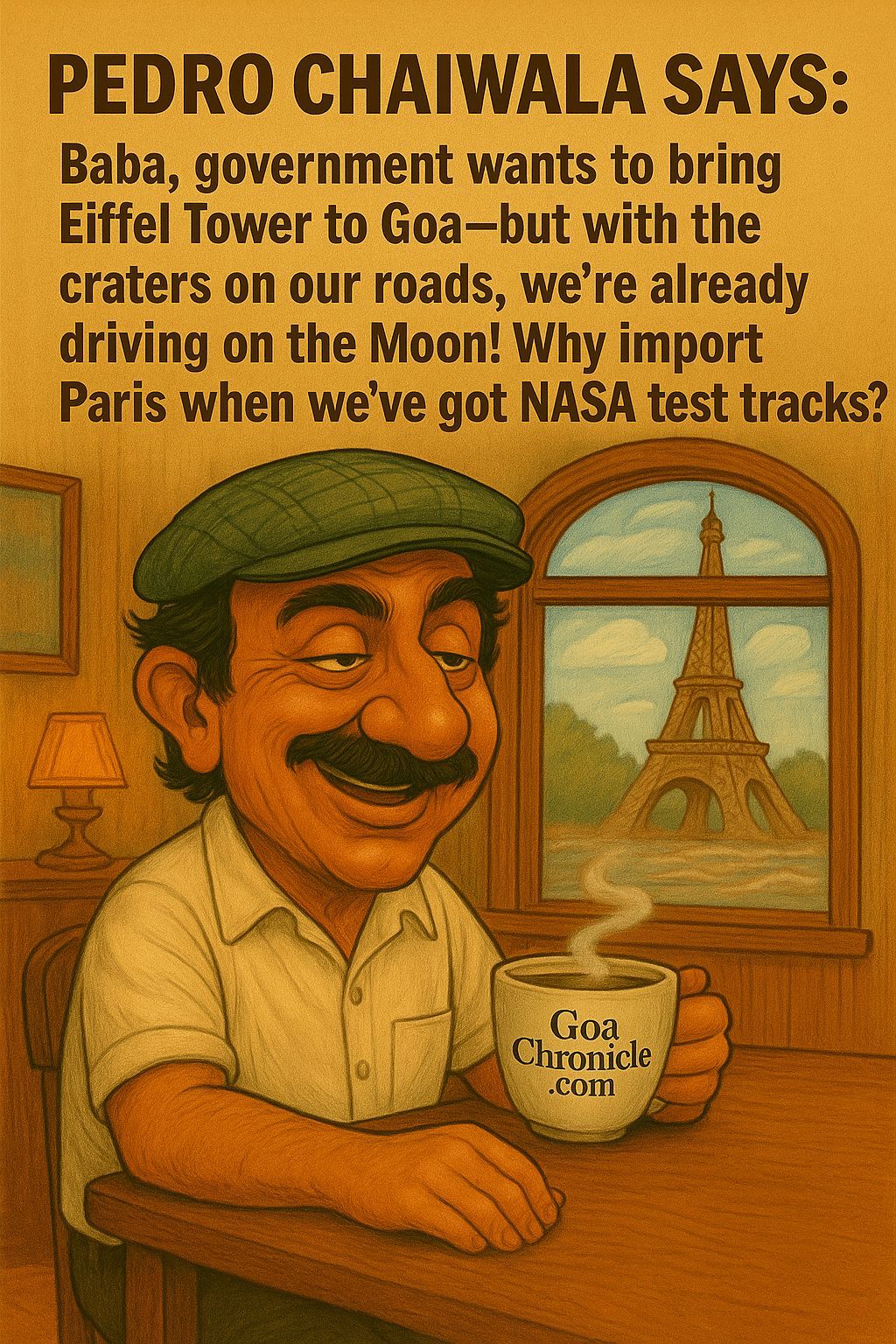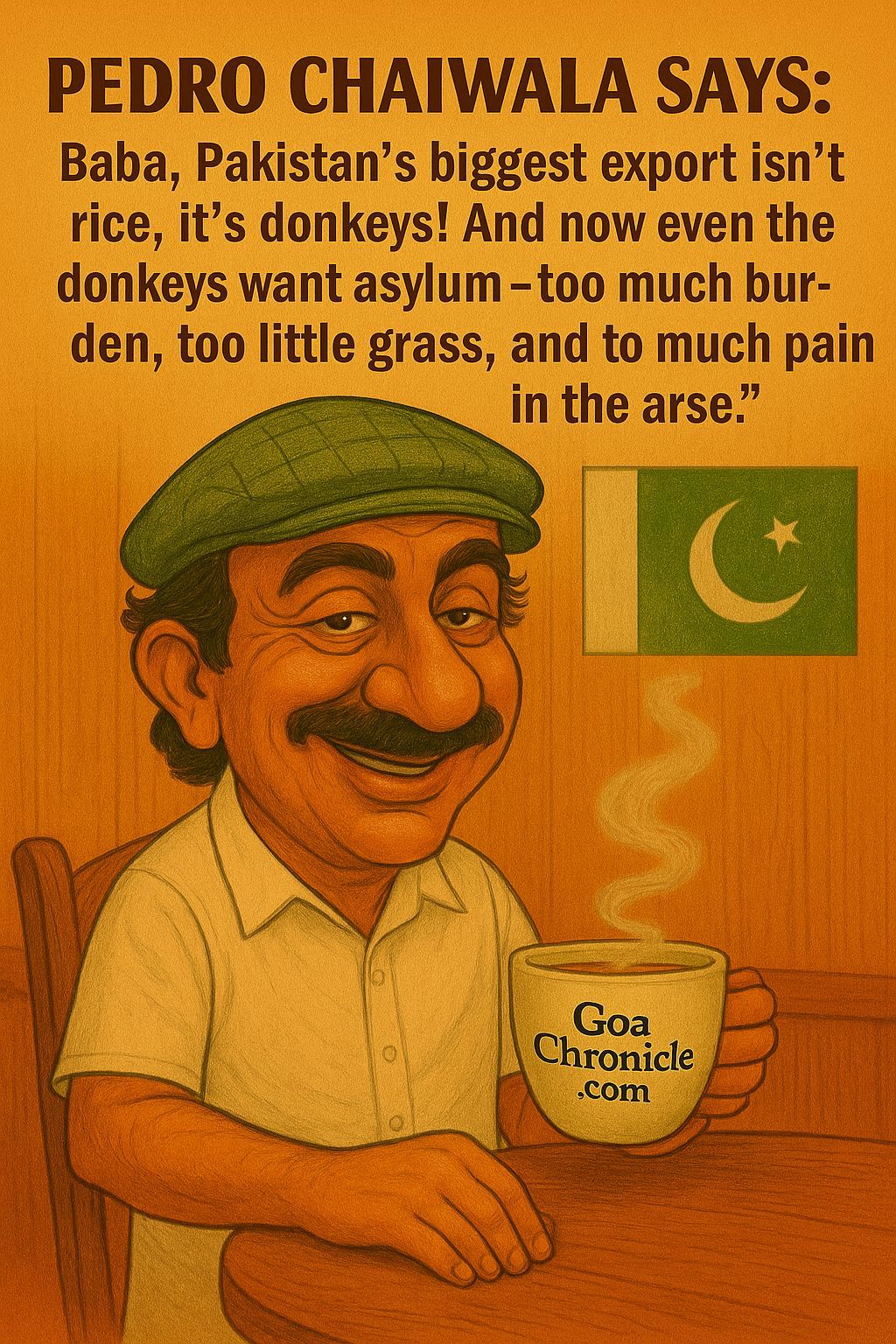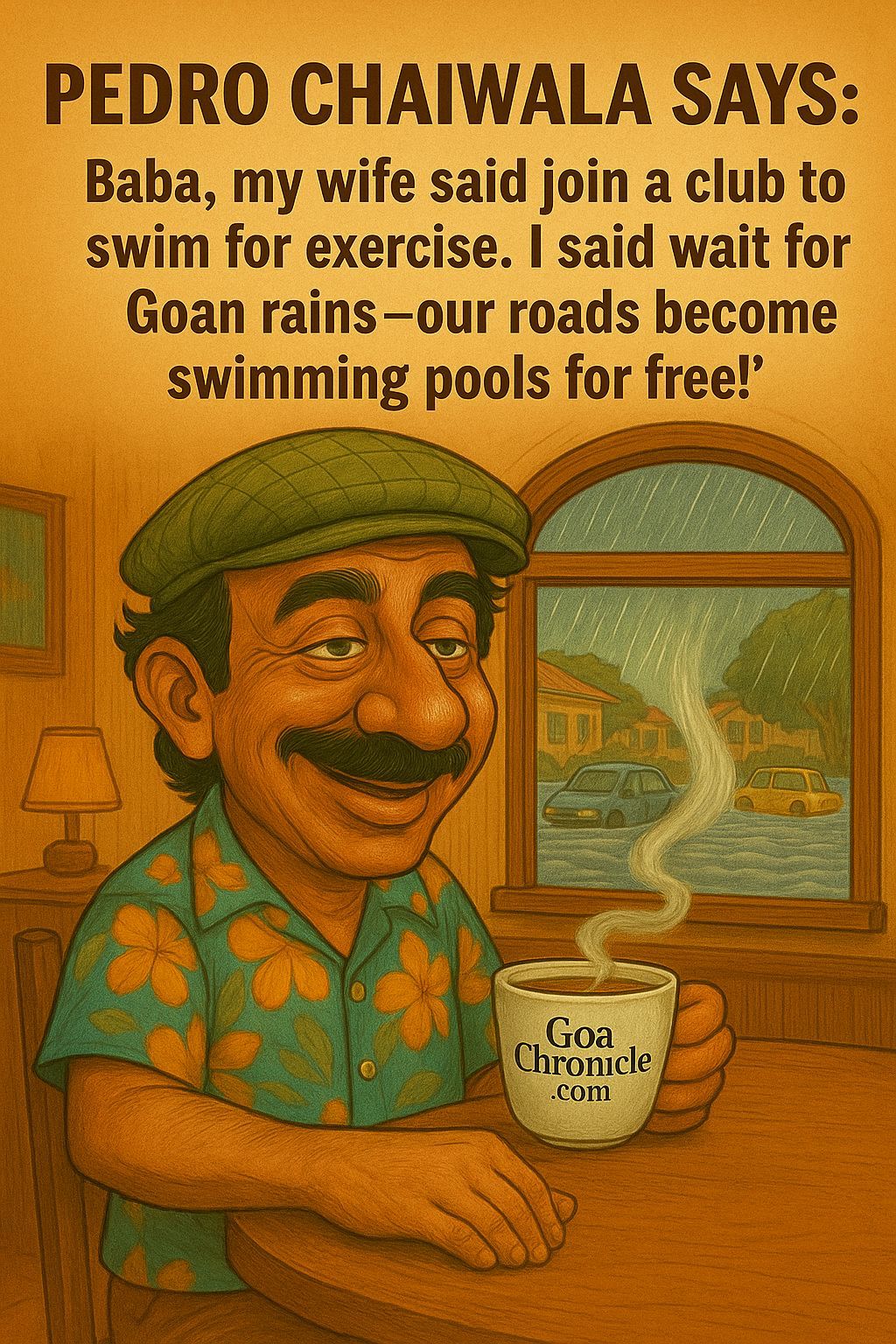India and the U.S. have built a strategic bond. They share values. They have trade. They cooperate. Yet beneath the partnership, a story simmers. One of harsh words. Words that wound. Heard across decades. From capitals to campaigns. These words ring with disdain, not diplomacy.
Let’s walk through this trail of remarks and see how some U.S. leaders spoke of India in ways that cut deep.
1. Nixon and Kissinger: Origins of Contempt
In the 1970s, tensions were high. President Richard Nixon harboured deep disdain for India. Declassified tapes later revealed his raw prejudice. He called Indians “pathetic.” He mocked them as “sexless.” He labelled Indian women “the most unattractive in the world.” And he derided American sympathy with India as a “psychological disorder.”
Indira Gandhi, India’s Prime Minister, fared no better. In private, Nixon called her a “witch.” He hated India’s moral stance during the Cold War.
Henry Kissinger echoed this contempt. He called Indians “a beastly people with a beastly religion.” He dismissed India’s democratic gains as an inconvenience. Their words, hidden then, laid bare deep-rooted prejudice.
2. Trump: Deals Dressed as Disdain
Fast forward to 2017-21 and beyond. President Donald Trump spoke of India with satire, not substance. He called U.S. – India trade “a totally one-sided disaster.” He said India “kills the U.S. with tariffs.” And he labelled India’s economy “dead.” He lumped India with Russia as “dead economies.” He treated trade as a numbers game. No room for nuance.
These words didn’t just sting. They reminded India of a transactional view, not a partner-first approach.
3. Trump’s “Dead Economy” Redux
In August 2025, Trump landed another blow. He unleashed a 25% tariff on Indian goods. He called India’s trade barriers “strenuous and obnoxious.” He sulked on Truth Social, saying, “They [India and Russia] can take their dead economies down together, for all I care.”
It was a political insult wrapped in hyperbole. He reduced India’s vibrant markets to a corpse. Predictably, it provoked anger. Global observers called it rash. Analysts warned it could fracture decades of strategic progress.
4. Peter Navarro: Metaphor as Mockery
Peter Navarro, Trump’s trade advisor, used metaphors that hurt. He called India a “laundromat” for Russian oil. That is: dirty oil, cleaned in India. He accused “Brahmins” of profiteering. That was culturally offensive and stereotyping. He even blamed India for the Ukraine war, calling it “Modi’s war.”
5. Howard Lutnick: Arrogance Echoes in 2025
In 2025, Commerce Secretary Howard Lutnick carried the torch. He dismissed India’s tariffs as “all bravado.” He predicted India would soon “say sorry.” He saw India’s stance as a tantrum. On oil, he called its Russian imports “ridiculous” and “plain wrong.” And he gave India a stark choice: support the U.S. or face a 50% tariff.
Experts were furious. They called Lutnick’s tone “arrogant,” “disparaging,” and an assault on India’s dignity.
6. Zohran Mamdani: Accusation from Afar
In 2025, a mayoral candidate in New York, Zohran Mamdani, called Prime Minister Modi a “war criminal.” He referenced the tragic 2002 Gujarat riots. His words stirred shock among many Indian Americans. The Indian community in the U.S. felt deeply insulted.
7. Harpootlian’s Xenophobia: “Go Back”
In 2013, South Carolina politician Dick Harpootlian attacked then-Governor Nikki Haley. She is Indian-American. He told her to “go back to wherever the hell she came from.” It drew widespread condemnation. It reminded Indians in America: no matter how high you rise, you can always be dismissed.
8. Nikki Haley: Critic Within
Nikki Haley has been one of India’s own who turned critical. As U.S. Ambassador to the UN, she said India “doesn’t trust America.” She accused it of “playing both sides.” She said India “wanted friends, not loyalty.” In her 2024 campaign, she rebuked India for being “reluctant” to take sides against China and Russia.
Her tone wasn’t crude, but it was dismissive. It questioned India’s integrity.
9. Bernie Sanders: Patronizing Alert
In 2019, Senator Bernie Sanders weighed in on Kashmir. He called India’s action “unacceptable.” He demanded U.S. intervention. India felt it was sovereignty breach. To many, it sounded patronizing. It suggested India couldn’t be trusted with its own affairs.
10. Trump Once More: “We’ve Lost India”
By early September 2025, Trump again turned provocative. He lamented losing India and Russia to “deepest, darkest China.” He slapped India with a 50% tariff, only to turn around and call India and Modi “great.”
This flip-flop stunned diplomats. It illustrated just how unpredictable his diplomacy (and insults) could be.
Why These Words Matter
India is no longer a developing economy. It stands as a global player. It is strong, sovereign, strategic. Yet, some American leaders continue to treat it as inferior. Through mockery. Through threats. Through suspicion.
These words hurt. They erode public trust. They fracture diplomacy. The collateral damage goes far beyond headlines.
India does not expect flattery. It expects respect. It expects to be treated as an equal.
A Call for Respect
Respect is not given. It must be earned. Through policy. Through tone. Through partnership.
When leaders label India’s economy “dead,” it tells a nation: your success isn’t seen. When they threaten with 50% tariffs, they show skies of power, but fail to see equal sovereignty.
India speaks. It chooses. It doesn’t subside. It deserves words that reflect respect. Not insults.
The U.S. can still walk alongside India. But only if it learns to speak of India not as a subject, but as its equal.





